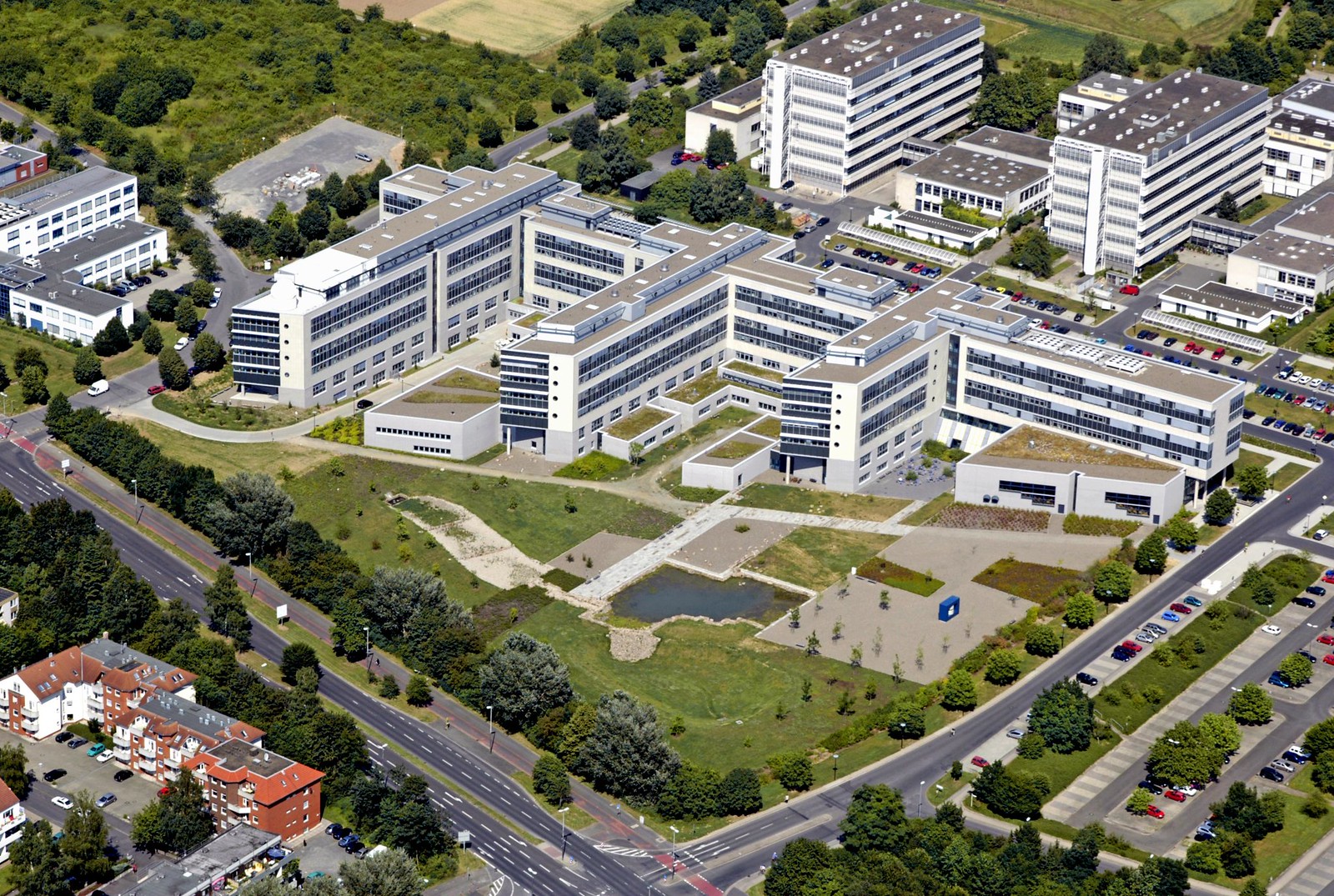Faculty of Physics
Faculty of Physics
News from the faculty
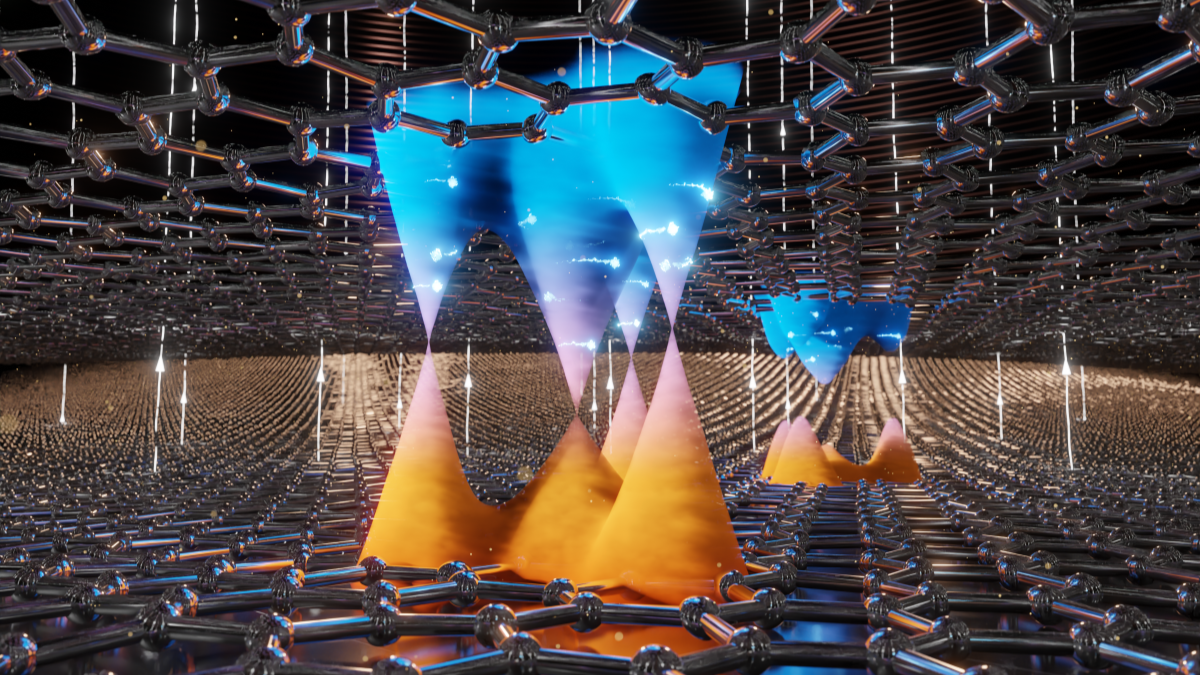
Quantum electronics: Charge travels like light in bilayer graphene
An international research team led by the University of Göttingen has demonstrated experimentally that electrons in naturally occurring double-layer graphene move like particles without any mass, in the same way that light travels. Furthermore, they have shown that the current can be “switched” on and off, which has potential for developing tiny, energy-efficient transistors – like the light switch in your house but at a nanoscale.
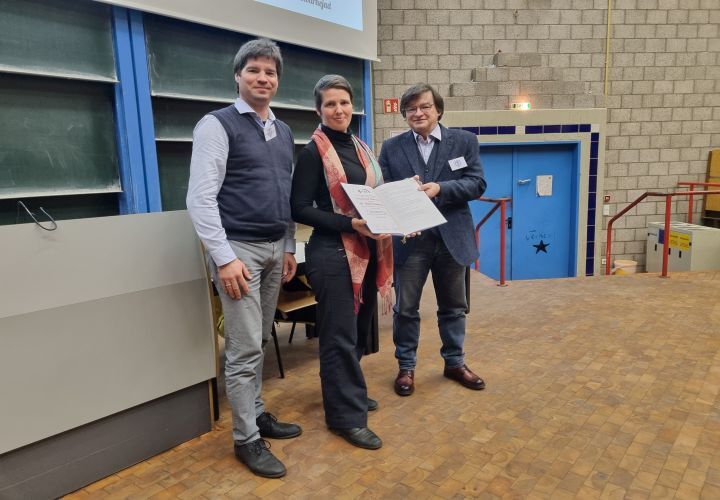
Young Scientist Award for Professor Viola Priesemann
During this year's spring conference of the German Physical Society (DPG), Professor Viola Priesemann received the Young Scientist Award for Socio- and Econophysics. The physicist conducts research at the Max Planck Institute for Dynamics and Self-Organization and the University of Göttingen. The prize is endowed with 7,500 euros and honors her work on propagation processes in complex systems.
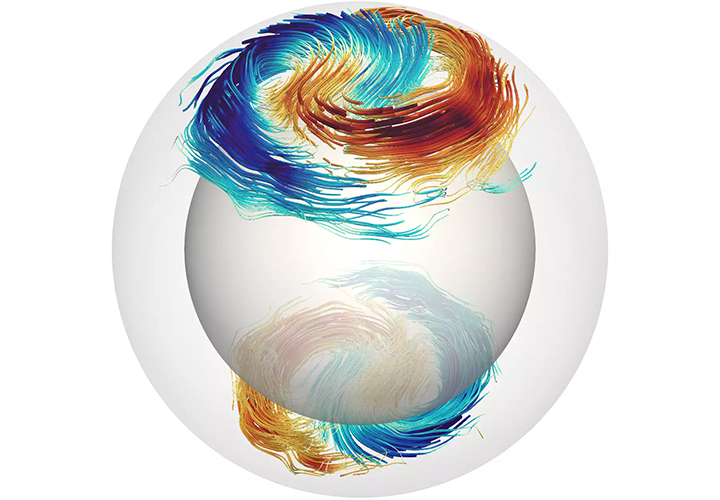
Long-period oscillations control the Sun’s differential rotation
The interior of the Sun does not rotate at the same rate at all latitudes. The physical origin of this differential rotation is not fully understood. A team of scientists at the Max Planck Institute for Solar System Research (MPS) in Germany has made a ground-breaking discovery. As the team reports today in the journal Science Advances, the long-period solar oscillations discovered by MPS scientists in 2021 play a crucial role in controlling the Sun’s rotational pattern.

MSCA postdoctoral fellowship for Dr. Pallavi Kumari
The European Commission has selected Dr. Pallavi Kumari for a two-year postdoctoral fellowship in the framework of the Marie Skłodowska-Curie Actions (MSCA) to work at the University of Göttingen starting in 2024. She will work with Prof. Dr. Sarah Köster at the Institute for X-Ray Physics, Faculty of Physics. Her research will focus on cell mechanics and in particular investigate the origin of stretchability in vimentin intermediate filaments and their direct interaction with actin filaments at the single filament level using state-of-the-art biophysical techniques.
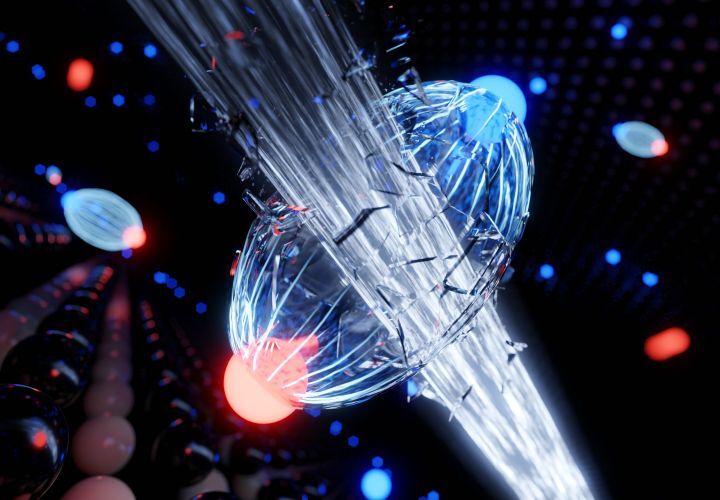
How electron spectroscopy measures exciton “holes”
Semiconductors are ubiquitous in modern technology, working to either enable or prevent the flow of electricity. In order to understand the potential of two-dimensional semiconductors for future computer and photovoltaic technologies, researchers from the Universities of Göttingen, Marburg and Cambridge investigated the bond that builds between the electrons and holes contained in these materials. By using a special method to break up the bond between electrons and holes, they were able to gain a microscopic insight into charge transfer processes across a semiconductor interface.
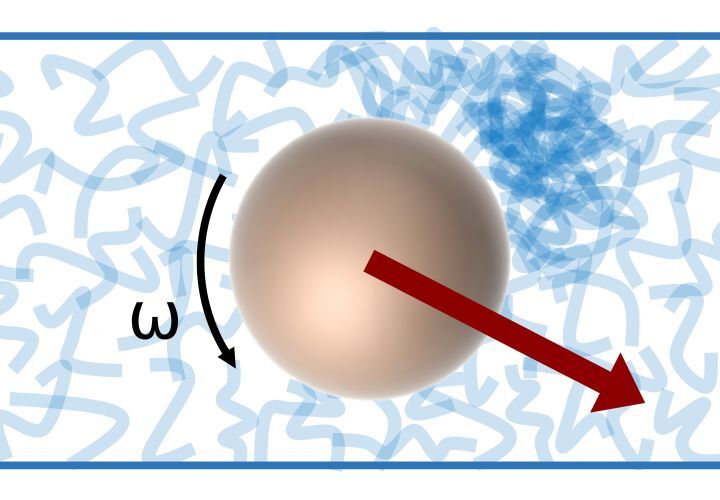
Unexpected curveball in miniature
Whether you are familiar with the term “Magnus effect” or not, you have certainly seen it in action. It is when a spinning ball – for instance in football, cricket or baseball – bends away from its expected trajectory, often to the surprise of the opposing team. The principle also has engineering uses, for example to propel certain types of ships or aircraft using a “Flettner rotor”. Physicists have now demonstrated that the Magnus effect also exists at a microscopic level, where its effects can become really significant under certain conditions.
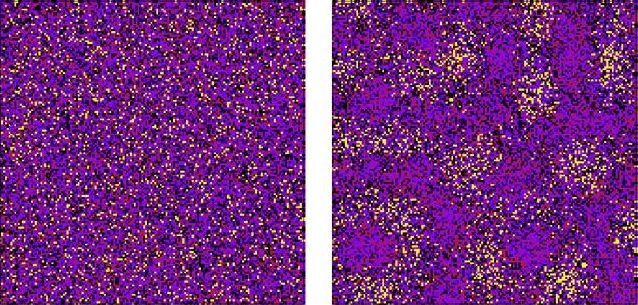
Majority rule in complex mixtures
The very first life on earth is thought to have developed from “protocells” – liquid mixtures of many different types of molecules. Researchers from the University of Göttingen have now shown that in such mixtures, small imbalances in the number of molecules of different types can have an unexpected effect. A surprising interplay with the complex pattern of interactions strongly amplifies such imbalances – meaning that a type of molecule that is only slightly in the majority can almost entirely separate out from the others. These fundamental findings point towards a new mechanism that will apply in many complex mixtures.
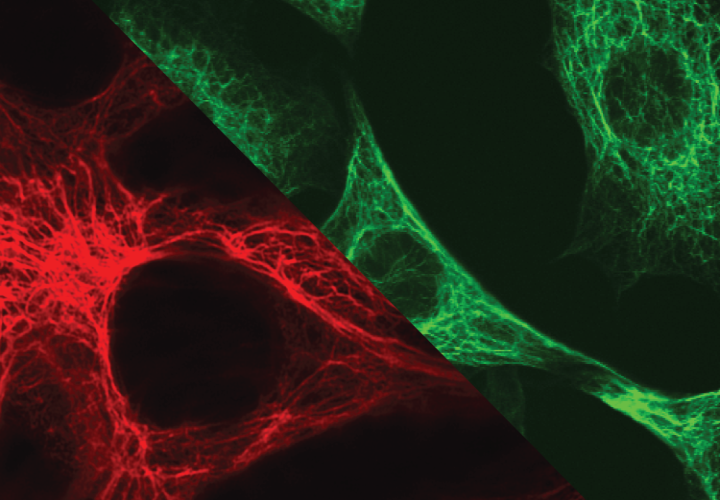
“Hightech” materials from nature
Most biological cells have a fixed place in an organism. However, cells can become mobile and move through the body, for example, during wound healing or when tumour cells divide uncontrollably and migrate through the body. Mobile and stationary cells differ in various ways, including their cytoskeleton. Researchers have succeeded in precisely measuring and describing the mechanical properties of the two filaments. In the process, they discovered parallels with non-biological materials.

MICADO enters its Manufacturing Phase
MICADO, the first light camera for ESO’s Extremely Large Telescope (ELT), will soon complete its design phase, and the MICADO consortium partners have started to manufacture various sub-systems of the instrument. A mini-documentary on the MICADO instrument was screened during a live event on ESO’s YouTube channel on Friday, 12 May.
Events
Physics Colloquium
On Monday in lecture hall HS1.
Exhibitions
Faculty of Physics
Friedrich-Hund-Platz 1
Floor B.01, Room 102
D-37077 Göttingen
Tel. +49 (0)551 3924095
Fax +49 (0)551 3924583
dekanat@phys.uni-goettingen.de


